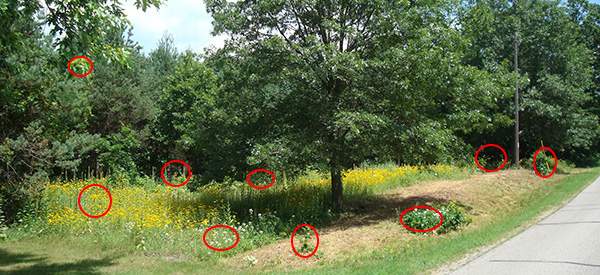
15 Common Wild Plants You Never Thought Were Edible
If ever in a situation where you are lost or stranded in the woods or when SHTF, then you will be looking for alternative food sources. There are several things around you that you can eat, but you may have never considered. Wild plants are one such example. These can provide you with the needed nutrients and such, to keep you and your family from starving.
When foraging for these wild edibles it is important to remember that some of these plants will require some basic work before consuming, such as stripping down roots to get to the starchy substance in the middle, or even some grinding of some plant parts before consumption.
#1. Ramps
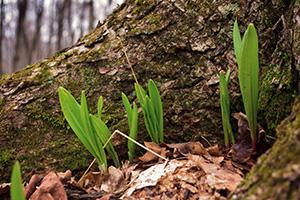
Ramps can be foraged for in the spring. They are kind of a mix between onion and garlic in flavor. The roots grow just below the soil and they grow in patches together.
When digging ramps, it is ideal to conserve the patch by cutting off the root ball with a sharp knife and taking the plant only; this is so you can come back to the same patch next spring. Every part of the ramp is edible and can be eaten raw or used in recipes.
#2. Clover
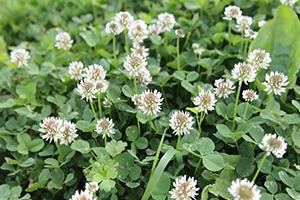 There are different types of clover that grow in your yard, such as red clover and white clover. This is distinctive based on the color of the flower. Simple really. And not just livestock or wild rabbits can eat clover. The whole plant is edible and is best eaten while fresh or completely dried out.
There are different types of clover that grow in your yard, such as red clover and white clover. This is distinctive based on the color of the flower. Simple really. And not just livestock or wild rabbits can eat clover. The whole plant is edible and is best eaten while fresh or completely dried out.
Clover is very healthy for you as it helps ward off colds, reduce respiratory problems, and it is even said that it can purify blood and help ward off cancer. You can grind the leaves to make flour, but it’s a long process. The flower is the best part to eat. When preserving, you can dry the plant and flower head separately. Use a dehydrator, screen in a drying room, or very low temperatures in the oven. Once the plant is dried, you can store it in jars for use over the winter too.
#3. Purslane
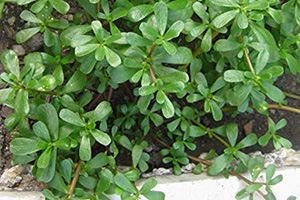 Purslane is identified by the smooth reddish stems and leaves, that are opposite of each other. The flower is yellow with five regular parts and it opens any time of the year at the center of the leaf cluster. Purslane is a ground cover and has a deep root system. The stem, leaves, and flower buds are edible. You can eat it raw in a salad, use it in a stir fry, or cooked in soups and other recipes. Purslane has a slightly sour taste. Raw purslane is 93% water. Here are 5 ways you can use purslane.
Purslane is identified by the smooth reddish stems and leaves, that are opposite of each other. The flower is yellow with five regular parts and it opens any time of the year at the center of the leaf cluster. Purslane is a ground cover and has a deep root system. The stem, leaves, and flower buds are edible. You can eat it raw in a salad, use it in a stir fry, or cooked in soups and other recipes. Purslane has a slightly sour taste. Raw purslane is 93% water. Here are 5 ways you can use purslane.
#4. Daisies
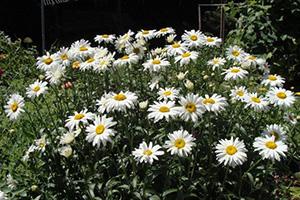 The daisy is a childhood favorite of mine. I used to pick it for my mom and grandma. I didn’t know you could eat them back then. The flower petals can be used as a garnish or in salads, and the leaves can be used on sandwiches or in salads. It is not recommended that you eat the yellow center of the daisy, as this is the pollen section of the flower.
The daisy is a childhood favorite of mine. I used to pick it for my mom and grandma. I didn’t know you could eat them back then. The flower petals can be used as a garnish or in salads, and the leaves can be used on sandwiches or in salads. It is not recommended that you eat the yellow center of the daisy, as this is the pollen section of the flower.
#5. Cattails
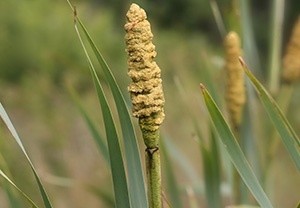 If you have seen a body of water you have probably seen a cattail. The lower leaves can be used in salads, while the stem can be eaten raw or boiled. The cattail itself (the brown cigar shape at the top) can be roasted.
If you have seen a body of water you have probably seen a cattail. The lower leaves can be used in salads, while the stem can be eaten raw or boiled. The cattail itself (the brown cigar shape at the top) can be roasted.
The yellow pollen that appears in midsummer can used as a thickener, and in bread and pancake mixes. The roots contain a lot of starches and can be dried and then pounded into flour, or you can strip it off and chew on it to get the starches and then spit out the tough part. Here are 10 delicious recipes you can make using cattails.
#6. Lamb’s Quarters
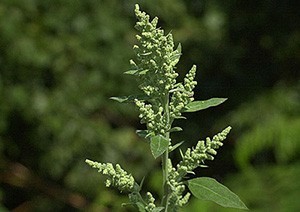 This wild edible looks dusty from a distance due to the white coating on the leaves. The plant produces little green flowers that are grouped together in clusters on the stem and upper branches. When eating lamb’s quarter, you can consume the leaves, shoots, seeds, and flowers. This plant does contain oxalic acid, but when cooked the acid goes away. You can blanch and freeze the leaves for later use. Lamb’s quarter is also good for salads and soups. It can also be sautéed or steamed, as well as a valuable addition to smoothies and juices.
This wild edible looks dusty from a distance due to the white coating on the leaves. The plant produces little green flowers that are grouped together in clusters on the stem and upper branches. When eating lamb’s quarter, you can consume the leaves, shoots, seeds, and flowers. This plant does contain oxalic acid, but when cooked the acid goes away. You can blanch and freeze the leaves for later use. Lamb’s quarter is also good for salads and soups. It can also be sautéed or steamed, as well as a valuable addition to smoothies and juices.
#7. Milk Thistle
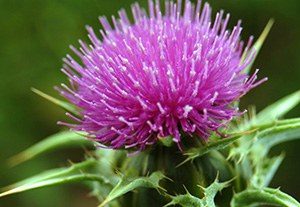 Milk Thistle is good for medicinal purposes but also for eating. You can eat the leaves and flowers as vegetables in a salad. The seeds can also be roasted and used as a coffee substitute, or dried to eat as a snack. The plant has large bright purple flowers, and the leaves have white markings. When broken, a milky sap comes out.
Milk Thistle is good for medicinal purposes but also for eating. You can eat the leaves and flowers as vegetables in a salad. The seeds can also be roasted and used as a coffee substitute, or dried to eat as a snack. The plant has large bright purple flowers, and the leaves have white markings. When broken, a milky sap comes out.
#8. Wild Asparagus
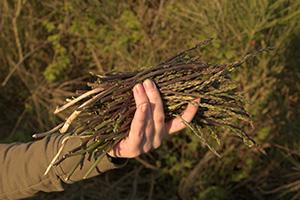 Wild asparagus is edible. It is basically a plant that got transplanted from a seed head which traveled, and from there it started growing in the wild. You will find it along roads and in fields.
Wild asparagus is edible. It is basically a plant that got transplanted from a seed head which traveled, and from there it started growing in the wild. You will find it along roads and in fields.
Look for the asparagus in the late spring to harvest it. If it gets too big, it is going to seed again. And you can return the next spring for a new harvest. Prepare the wild asparagus grilled or baked and seasoned. To store any extra wild asparagus, you can blanch it and freeze it, or seal in vacuum bags.
#9. Goldenrod
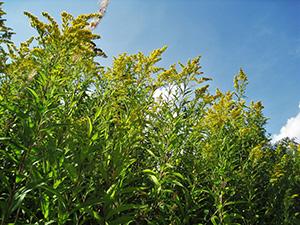 This plant can grow from 24 to 30 inches in height. It is topped with golden flowers that grow in clusters. The leaves taper to a point and have small teeth on the edge. The bottom of the leaf is kind of hairy and rough on the top, with three veins that run parallel along the length of the leaf. Goldenrod can be preserved in about any form, from drying to pickling. Dried flowers and leaves can be added to any meal for a nice flavor. They can also be used for tea. The roots can be harvested when young and dried, and used for soups and batter mixes. Leaves and flowers can be used in salads and soups. The stalk is tough but edible, especially if harvested young. It can be baked in the oven and made into a crispy snack.
This plant can grow from 24 to 30 inches in height. It is topped with golden flowers that grow in clusters. The leaves taper to a point and have small teeth on the edge. The bottom of the leaf is kind of hairy and rough on the top, with three veins that run parallel along the length of the leaf. Goldenrod can be preserved in about any form, from drying to pickling. Dried flowers and leaves can be added to any meal for a nice flavor. They can also be used for tea. The roots can be harvested when young and dried, and used for soups and batter mixes. Leaves and flowers can be used in salads and soups. The stalk is tough but edible, especially if harvested young. It can be baked in the oven and made into a crispy snack.
#10. Chickweed
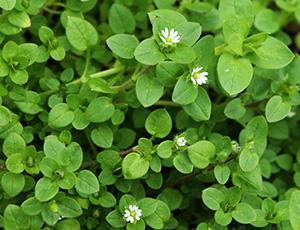 Chickweed is best eaten fresh, but you can also eat it raw. The stem, leaves, flowers, and seed pods can be consumed. You can eat it raw in salads, or you can steam or sauté it. Simply take scissors and cut the amount that you desire.
Chickweed is best eaten fresh, but you can also eat it raw. The stem, leaves, flowers, and seed pods can be consumed. You can eat it raw in salads, or you can steam or sauté it. Simply take scissors and cut the amount that you desire.
Chickweed has little white flowers with five double lobes. The leaves are pointed and oval shaped. They grow in pairs across from each other. The leaves grow far apart on the length of the stem. There is a hairy type line that runs up the stem between the leaves.
#11. Stinging Nettles
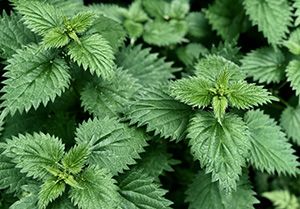 The stinging nettle gets its name by the fact that it has little hairs or spines that irritate your skin, and can even leave welts due to a toxin in them. It is recommended that you only pick the top five to six leaves from the plant, when it is young and before the flowers start to form. To prep the nettles, simply soak them in cold salted water and then drain and dry them. You can freeze them for later use or use them immediately. Stinging nettles can be used as a replacement for spinach, and once cooked they lose their stinging ability.
The stinging nettle gets its name by the fact that it has little hairs or spines that irritate your skin, and can even leave welts due to a toxin in them. It is recommended that you only pick the top five to six leaves from the plant, when it is young and before the flowers start to form. To prep the nettles, simply soak them in cold salted water and then drain and dry them. You can freeze them for later use or use them immediately. Stinging nettles can be used as a replacement for spinach, and once cooked they lose their stinging ability.
Related: How to Cook Spring Nettles
#12. Queen Anne’s Lace
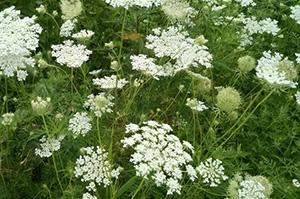 Queen Anne’s lace is also known as wild carrots. This plant has a large flat white flower, with a red or dark center. The stalk is hairy and the root resembles a carrot. It is best to eat the root in the first year, as in the second year it becomes more tough. The green tops are also edible, as you can boil them in soups and stews, or as greenery to dishes. If the stem is not fuzzy or hairy, then it is not Queen Anne’s lace and could be poisonous.
Queen Anne’s lace is also known as wild carrots. This plant has a large flat white flower, with a red or dark center. The stalk is hairy and the root resembles a carrot. It is best to eat the root in the first year, as in the second year it becomes more tough. The green tops are also edible, as you can boil them in soups and stews, or as greenery to dishes. If the stem is not fuzzy or hairy, then it is not Queen Anne’s lace and could be poisonous.
#13. Sorrel
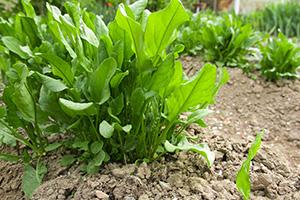 Sorrel is a plant that consists of leafy greens. It has an intense lemony flavor, that becomes more bitter as the leaves age and grow. The smaller leaves can be eaten raw in salads or on sandwiches. The larger leaves should be cooked to help get rid of the bitterness. There are three types of sorrel: red veined, broad leaf, and french. The red veined is self-explanatory, with a slender tapered leaf with red veins throughout it. The broad leaf has slender arrow shaped leaves. The french sorrel has small bell-shaped leaves.
Sorrel is a plant that consists of leafy greens. It has an intense lemony flavor, that becomes more bitter as the leaves age and grow. The smaller leaves can be eaten raw in salads or on sandwiches. The larger leaves should be cooked to help get rid of the bitterness. There are three types of sorrel: red veined, broad leaf, and french. The red veined is self-explanatory, with a slender tapered leaf with red veins throughout it. The broad leaf has slender arrow shaped leaves. The french sorrel has small bell-shaped leaves.
#14. Watercress
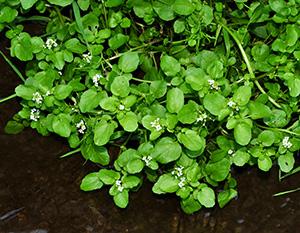 Watercress has a peppery green flavor that goes great with other neutral greens. It can be found all year round in the stores, but it is best in the spring. It is a water grown leafy vegetable, hence the name. If watercress becomes wilted, simply shake it back with cold water, or wrap it in a damp paper towel and place it in a plastic bag.
Watercress has a peppery green flavor that goes great with other neutral greens. It can be found all year round in the stores, but it is best in the spring. It is a water grown leafy vegetable, hence the name. If watercress becomes wilted, simply shake it back with cold water, or wrap it in a damp paper towel and place it in a plastic bag.
You can use watercress by washing it and patting it dry, and then use it raw on sandwiches or in salads, sautéed or steamed.
#15. Berries
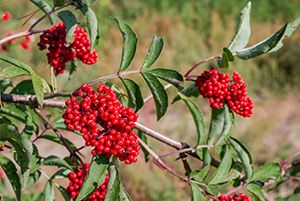 We all have picked blackberries and raspberries, but there are other berries growing in your backyard that are perfectly safe and healthy to eat. Elderberries are ready for harvest in the fall. They grow on shrubs and are a purple to black berry that grows in clusters.
We all have picked blackberries and raspberries, but there are other berries growing in your backyard that are perfectly safe and healthy to eat. Elderberries are ready for harvest in the fall. They grow on shrubs and are a purple to black berry that grows in clusters.
The elderberries must be ripe before consuming, and need to be cooked. This is what kills the astringent poison that they hold. Elderberries are great in syrups, wines, and in cobblers, pies and puddings.
There are many other plants and wild edibles that you can forage for. I am sure most of you can name at least two others that are not here. What other edibles can you name?
You may also like:
Burdock: The Annoying Weed That Can Save Your Life
The 10 Medicinal Seeds You Should Plant for a Complete Backyard Pharmacy (video)
Edibility Test: Find Out Which Backyard Weeds are Edible
How to Make Your Own Turmeric Drops
How to Make Cabbage Bandages to Treat Inflammation and Joint Pain








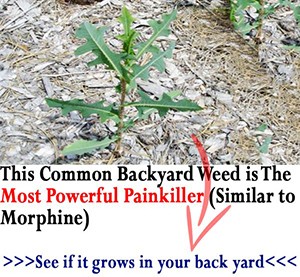
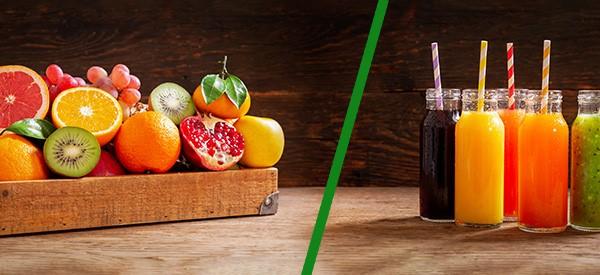
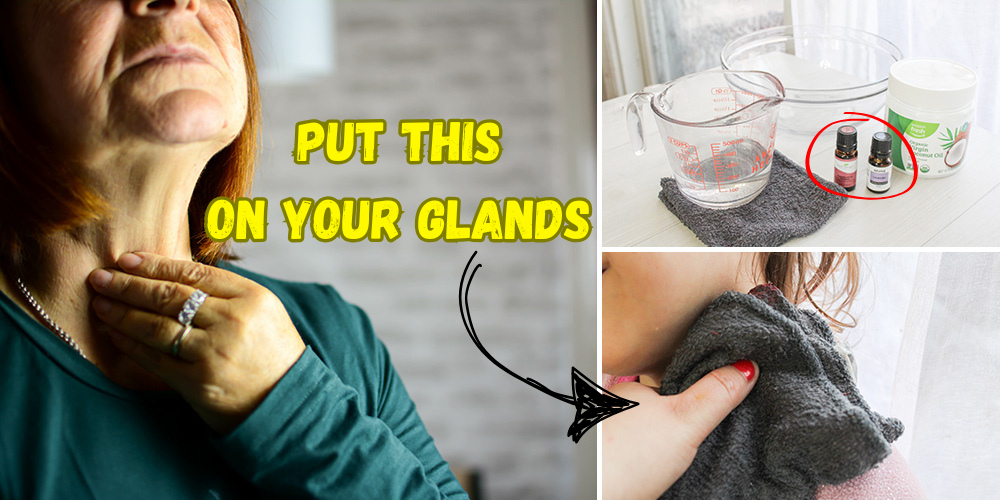
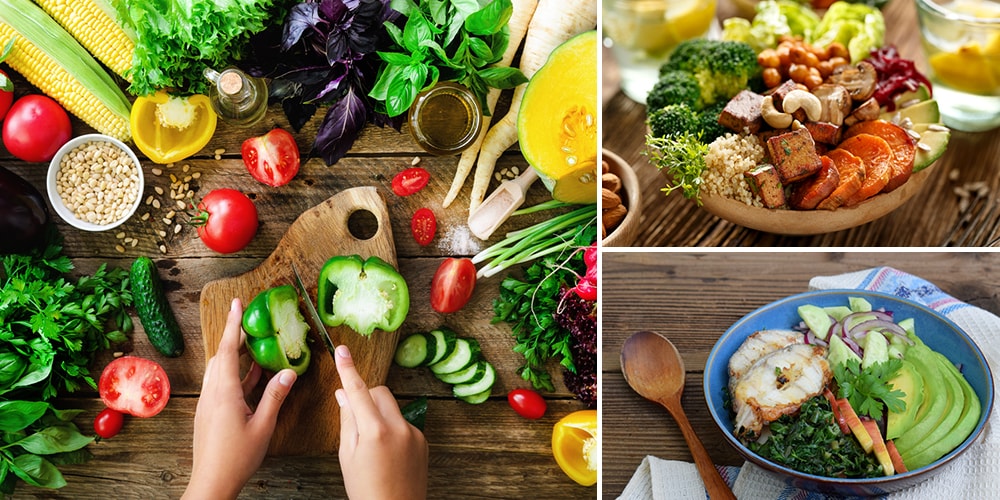
Plantain, every bit. Wild Parsnips, roots only but extremely careful not to allow skin contact with upper parts for another name for it is Blister Weed which it has well earned when the skin contact combines with solar UV. It is ubiquitous along roadsides in Vermont, upstate NY, parts of PA, NJ and MD.
Hi John,
Thank you so much for your comment and for sharing your tips with us too.
God bless!
Hi John just wanting to know if that wild parsley will grow in South Alabama it don’t get as cold here as it does up there
thank you Jack
Do you know how to prepare the Thief Oil?
Thanks for the info.!! Is so important!! God bless you!!
I’m harvesting white clover, mint, heart-leaf ginger, Eastern hemlock, and plantain.
Hi Sandy,
Thank you so much for your comment. Please let us know how your garden is developing.
God bless!
Great Information thanks!
Hi Steve,
Thank you so much for your feedback. We really appreciate it.
God bless!
How do you make the dandelion and Burdick drink?
Hi Cindy,
Thank you so much for your comment.A Dandelion and Burdock drink is a good choice during summer!
If you are willing to try the recipe, please check the link below:
http://www.handmadeapothecary.co.uk/blog/2016/8/9/summer-cocktails-cordials-dandelion-burdock
God bless!
Thank you! I’m definitely going to ty this
Thanks for sharing your wonderful knowledge! Love it.
Hi Elizabeth,
Thank you so much for your comment. We appreciate your kind words!
God bless!
Hi Elizabeth,
Thank you so much for your comment. We truly appreciate your kind words.
God bless!
Hello, I am really enjoying your book as I am learning more n more about wild edibles. The place we live on has many herbs n edibles. I could go on forever to list them all. But one that is very abundant is the black or purple looking elderberry. Last year I made syrup and was healthy all winter. I also did a batch and added a dried non sulfured ginger and oh my LANTA! That was yummy. Anyways , I was reading in the book of red elderberry, then read about it again in this article. I was always told to never eat the red ones as they are very toxic. I guess that is not the case. Why would that be said bout the red vs the black/purple? Thank you for your knowledge and sharing it with us. Very grateful for it as I am self teaching. Shoulda went to school for herbs, remedies , and foraging …
thank you n God bless you both.
Sheri C commented on the red elderberry. I had noticed that you said here that elderberries have a dark purple to black fruit, but had posted a photo of a red elderberry. That is confusing to us who are a little new. Are they prepared and used in the same ways?
The Red elderberry (Sambucus racemosa var. racemose), which seems to be the variety that gets a bad rap for being poisonous, is as edible as the other elderberry varieties. However, as mentioned before, they can be toxic if not cooked properly, or if the other parts of the plants are consumed.
Michelle, what is the source for your comment?
Hi Nicole ! Lol… ! I have 3.5 acres of Ramps (aka Wild Leeks around here) !! Use them Fresh, Frozen, Refrigerated, and Dehydrated ! ….Regularly ! More than our fair share of Clovers too ! Sure the others are out there… Wish I had Nettles !! 😜
Thank you for this information! I knew most all of them and have eaten many but Ramps was not one I knew about. I see this plant every spring when I walk the woods. I will be eating this next spring!!!
[…] 15 Common Wild Plants You Never Thought Were Edible […]